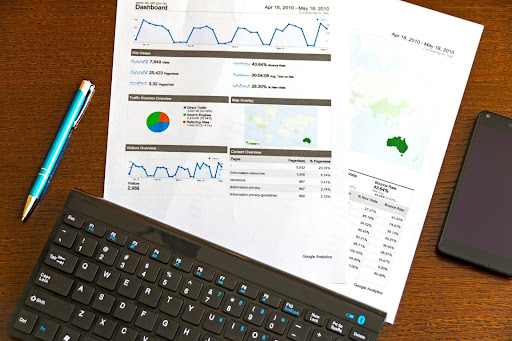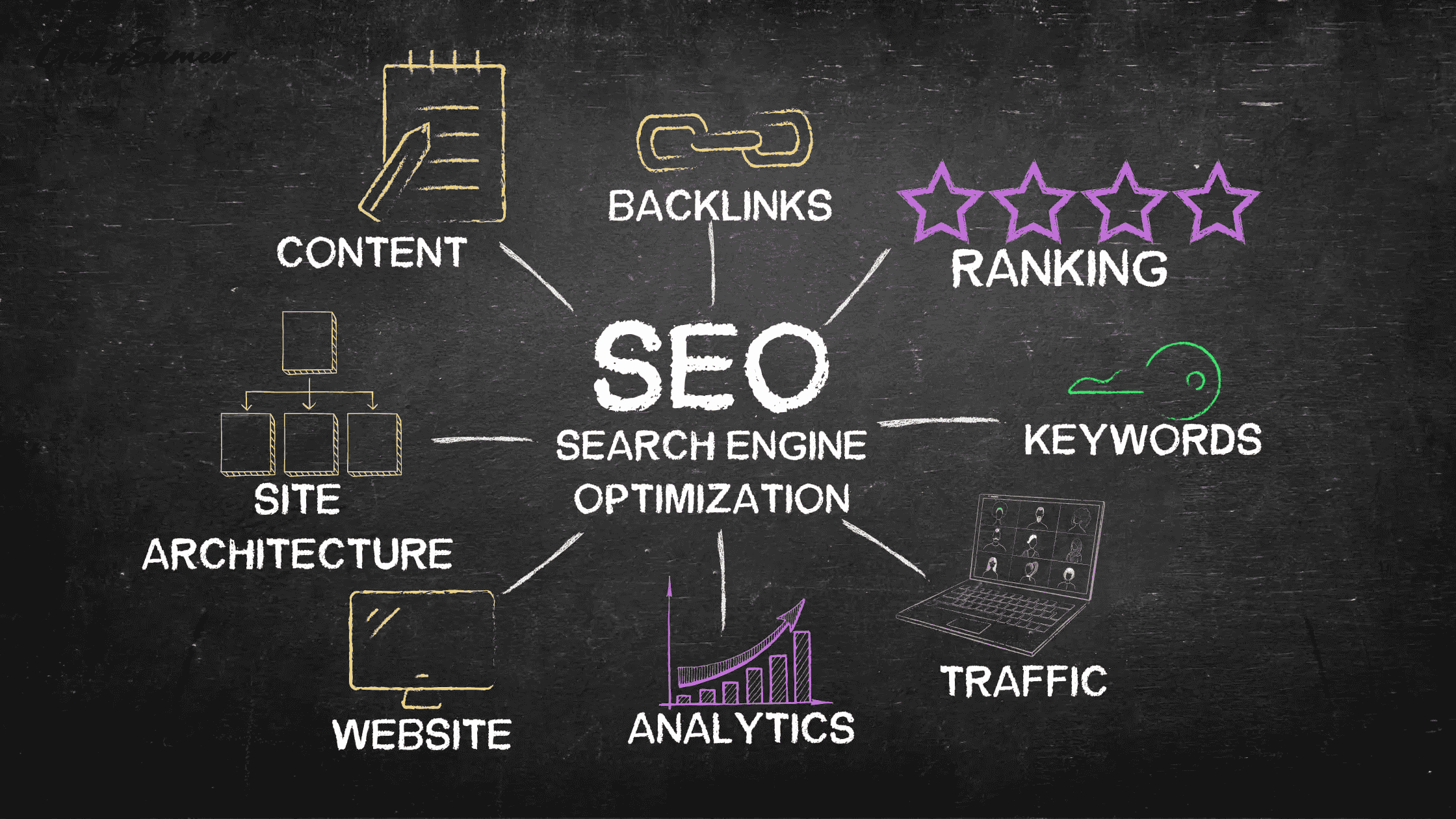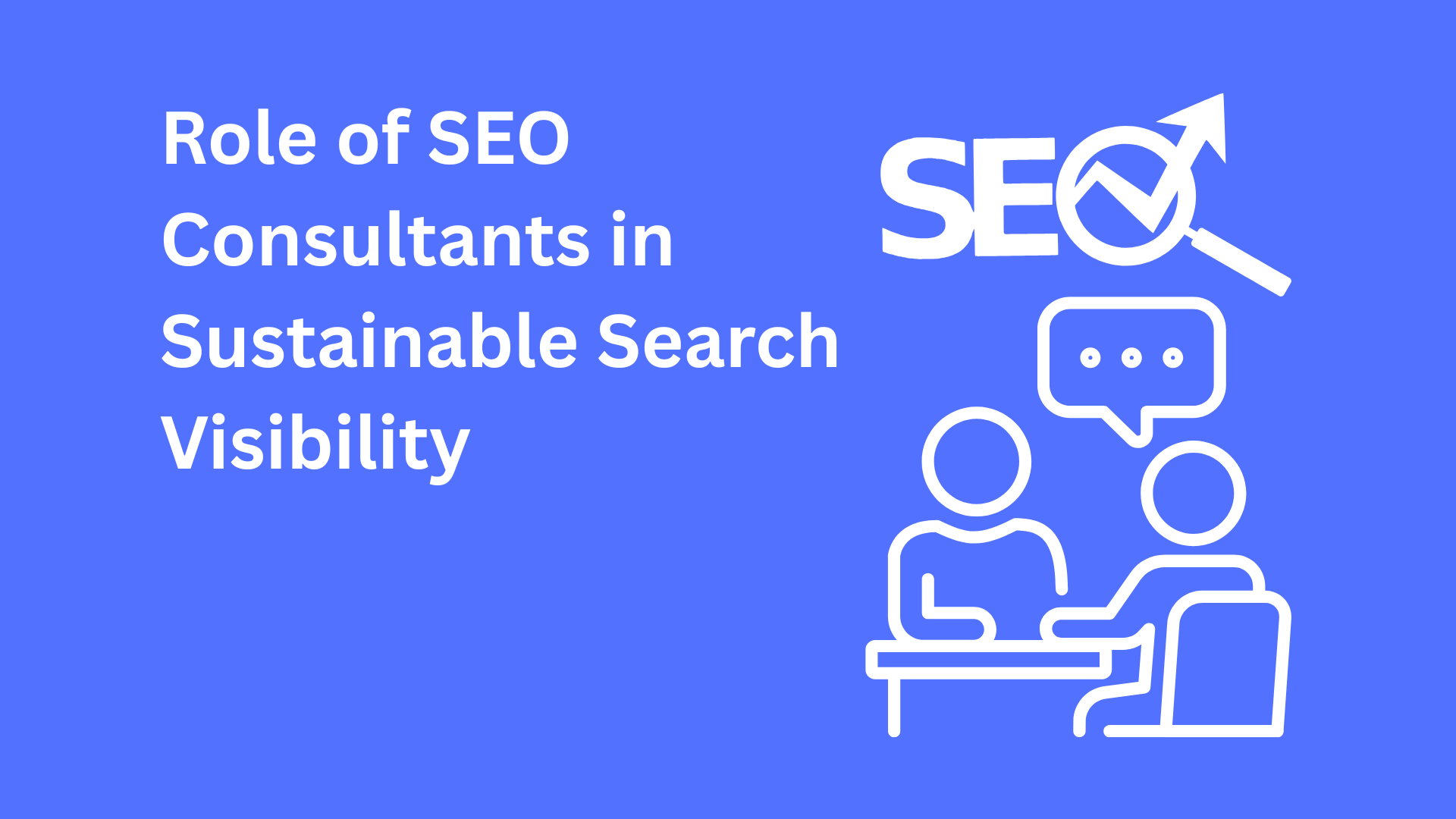Predictive Lead Generation: Using Data to Find Your Next Customer
In today's data-driven world, businesses are constantly seeking innovative ways to identify and connect with potential customers. Predictive lead generation has emerged as a game-changing approach, leveraging the power of data and advanced analytics to pinpoint high-value leads with remarkable precision.
Unlike traditional methods, which often rely on guesswork or broad segmentation, predictive lead generation uses a combination of demographic, behavioral, and firmographic data to anticipate which prospects are most likely to convert.
This data-driven strategy not only streamlines the lead acquisition process but also empowers sales and marketing teams to allocate resources more effectively, enhancing overall efficiency and ROI.
The integration of machine learning and artificial intelligence further amplifies the potential of predictive lead generation, enabling businesses to uncover hidden patterns and trends that might otherwise go unnoticed.
As competition intensifies across industries, the ability to predict and prioritize leads has become a crucial differentiator. Whether you’re a small startup or a global enterprise, harnessing predictive lead generation can help you stay ahead of the curve and build meaningful customer relationships.
In this article, we’ll explore how predictive lead generation works, the tools and technologies driving it, and how you can leverage data to find your next customer.

The Role of Data in Predictive Lead Generation
Data is the cornerstone of predictive lead generation, enabling businesses to identify, qualify, and engage with potential customers effectively. Key data types include demographic data, which provides insights into age, location, or job title; behavioral data, capturing user interactions like website visits or email opens; and firmographic data, which is vital in B2B contexts to understand company size, industry, and revenue.
Psychographic data, such as values and preferences, offers deeper customer insights. Data sources are both internal and external. Internal sources, such as CRM systems, website analytics, and customer feedback, provide firsthand insights into existing leads and customer behavior.
External sources, like social media platforms, third-party databases, and public records, expand the scope by revealing untapped opportunities. The accuracy and relevance of data significantly affect the success of predictive lead generation.
Clean, well-organized, and up-to-date data ensures better model performance. However, challenges such as siloed data and incomplete records can hinder progress. Businesses must prioritize robust data integration strategies, ensuring seamless access to unified datasets. This is especially important for any data-driven B2B marketplace platform where understanding firmographic data is crucial for targeted outreach.
When leveraged effectively, data transforms into actionable intelligence, empowering businesses to predict customer needs, prioritize high-value leads, and allocate resources more efficiently.
How Predictive Models Work
Predictive models utilize advanced analytics to forecast outcomes, such as identifying high-potential leads. These models rely on statistical techniques and machine learning algorithms to find patterns in historical data and predict future behaviors.
The process begins with data collection and preparation, which involves gathering relevant data and cleaning it to ensure accuracy and completeness. Next, feature selection identifies the variables most influential in predicting outcomes, such as a lead’s engagement history or company size.
Machine learning algorithms, such as regression, decision trees, and neural networks, are then applied during model training. These algorithms learn patterns by analyzing historical data and establishing relationships between input features and desired outcomes, such as lead conversion probability. Model validation ensures reliability, testing the model’s predictions against a separate dataset to measure accuracy.
Once validated, the model is deployed and integrated into CRM systems or marketing platforms. It continuously generates scores or rankings for leads, indicating their likelihood of conversion or engagement.
Over time, models improve as they process new data, becoming more accurate. Predictive models automate decision-making, allowing businesses to focus resources on leads with the highest potential, optimize marketing strategies, and ultimately improve revenue outcomes.

Tools and Technologies for Predictive Lead Generation
Predictive lead generation relies on various tools and technologies to collect, process, and analyze data, transforming it into actionable insights.
Customer Relationship Management (CRM) platforms such as Salesforce and HubSpot integrate predictive capabilities, using data from sales and marketing interactions to rank leads based on their likelihood of conversion. These tools provide a unified dashboard for managing lead information and insights.
Additionally, CRM platforms like Salesforce and HubSpot can integrate with virtual phone number platforms such as Dialaxy, enabling seamless communication and marketing automation tools like Marketo and Pardot enhance lead scoring and segmentation, leveraging predictive analytics to personalize campaigns and identify prospects most likely to engage. Also, tools like Pointerpro allow for the creation of marketing lead gen assessments that autogenerate highly personalized reports to respondents based on their response data.
Referral marketing platforms like ReferralCandy can complement these efforts by turning existing customers into high-quality leads, using data to identify which referrers drive the most conversions.
Data enrichment tools such as Clearbit, ZoomInfo, and LinkedIn Sales Navigator enhance the quality of lead data by adding missing information or providing additional context, such as job roles or company details.
Machine learning frameworks, including TensorFlow, Scikit-learn, and cloud platforms like Google Cloud AI or AWS Machine Learning, enable businesses to develop custom predictive models tailored to specific goals. These technologies support tasks like feature selection, model training, and real-time prediction.
Additionally, data visualization tools, such as Tableau and Power BI, play a crucial role by presenting predictive insights in an accessible format for stakeholders. By combining these technologies, businesses can build a robust predictive lead generation ecosystem that drives efficiency and results. To effectively implement these solutions, it's essential to hire Tableau developers or Power BI developers.

Steps to Implement Predictive Lead Generation
- Define Objectives: Start by clearly identifying what you aim to achieve with predictive lead generation, such as predicting lead conversion probability, customer lifetime value, or churn risk.
- Data Collection and Integration: Gather data from diverse sources, including CRM systems, web analytics, email marketing platforms, and third-party providers. Ensure data is unified and organized for easy access and analysis.
- Data Analysis: Explore the collected data to identify patterns, trends, and outliers. This stage involves feature selection, pinpointing which variables (e.g., engagement history, demographic data) are most predictive of desired outcomes.
- Model Selection and Training: Choose suitable predictive models, such as regression, decision trees, or machine learning algorithms. Train these models using historical data to establish correlations between input features and lead behaviors.
- Generate Actionable Insights: Deploy the model to score leads, rank them by priority, and provide actionable recommendations for sales and marketing teams. Use these insights to tailor outreach and optimize campaign strategies.
- Continuous Optimization: Regularly review model performance, incorporating new data and refining algorithms to improve accuracy. This iterative process ensures the model stays relevant and effective as market conditions change.
Use Cases of Predictive Lead Generation
Predictive lead generation leverages data to identify, prioritize, and engage potential customers with high conversion potential. Here are some practical use cases:
Identifying High-Quality Leads: Predictive models analyze historical customer data and behavioral patterns to score leads based on their likelihood of converting. Sales teams can focus their efforts on leads most likely to become paying customers, reducing wasted time and increasing efficiency.
Prioritizing Outreach Efforts: By predicting which leads are closest to making a purchase decision, sales representatives can tailor their timing and approach, ensuring they reach out at the optimal moment in the buyer’s journey.
Personalizing Marketing Campaigns: Predictive analytics enables hyper-personalization by understanding individual preferences and behaviors—an essential advantage in ecommerce merchandising. Marketers can craft targeted messages and offers, leading to higher engagement and conversion rates.
Enhancing Account-Based Marketing (ABM): In B2B scenarios, predictive lead generation identifies high-value accounts and pinpoints key decision-makers. This allows sales and marketing teams to collaboratively develop customized strategies for these accounts.
These use cases demonstrate the versatility and effectiveness of predictive lead generation in aligning sales and marketing strategies with data-driven insights, resulting in increased revenue and improved customer experiences..
Challenges and Solutions
While predictive lead generation offers significant advantages, businesses often face challenges in its implementation. A common issue is data quality and availability—accurate predictions depend on clean, comprehensive, and up-to-date data, but organizations often deal with fragmented or incomplete datasets. Implementing robust data governance practices, such as regular audits and data enrichment, can address this issue.
Another challenge is over-reliance on automation. Predictive tools are powerful but not infallible; they might misinterpret trends or overlook nuanced factors. To overcome this, businesses should combine analytics with human expertise, using predictive insights to inform decisions rather than dictate them outright.
Resistance to adoption is also a concern, especially among sales and marketing teams unfamiliar with predictive analytics. This can be mitigated by educating employees on the value of predictive lead generation and providing clear training on its tools and processes.
Additionally, companies should start small, implementing predictive models in pilot projects before scaling. Lastly, there’s the challenge of ethics and data privacy, as improper use of personal data can lead to legal and reputational risks.
Adopting transparent practices, complying with regulations, and ensuring ethical use of data are essential steps to build trust and long-term success in predictive lead generation.
Success Stories
Predictive lead generation has proven transformative for many businesses. For example, a SaaS company leveraged predictive analytics to refine its lead-scoring model.
By integrating CRM and behavioral data, the company identified high-quality leads with a 30% higher conversion rate, leading to a 20% increase in revenue within six months.
A B2B marketing agency used predictive tools to enhance its account-based marketing efforts. By analyzing firmographic and intent data, the agency identified key decision-makers in target accounts and prioritized outreach to those most likely to convert. The result was a 25% reduction in the sales cycle and a significant improvement in closing rates.
In e-commerce, a retailer used predictive lead generation to personalize its email marketing campaigns. Machine learning models analyzed browsing history, purchase behavior, and demographic data to recommend products and time promotions effectively. This approach can also be adapted to industries like fish processing plants, where predictive analytics can help optimize supply chain decisions, forecast demand, and tailor marketing efforts to specific buyer segments. This approach increased click-through rates by 40% and boosted repeat purchases by 15%.
These examples highlight the power of predictive lead generation in driving measurable results. By combining data-driven insights with strategic execution, businesses across industries have achieved higher efficiency, enhanced customer engagement, and significant ROI, underscoring the value of adopting predictive lead generation technologies.
The Future of Predictive Lead Generation
The future of predictive lead generation lies in its integration with emerging technologies and advanced data capabilities. AI and generative AI will play a crucial role, offering even more sophisticated models that can process unstructured data, such as social media posts or customer reviews, to uncover deeper insights.
Real-time predictive analytics will become a standard, allowing businesses to act on live data to identify and engage with leads as their behavior evolves. For instance, predictive models will analyze website interactions or app usage to trigger timely outreach, ensuring greater relevance and impact.
As data privacy regulations evolve, the focus will shift to ethical data usage and secure file transfer, ensuring that sensitive information is handled responsibly and in compliance with legal standards. Businesses will need to implement transparent practices and leverage privacy-preserving technologies, such as federated learning, to maintain trust while extracting value from data.
Additionally, predictive lead generation will increasingly merge with omnichannel strategies, enabling seamless lead engagement across email, social media, chatbots, and more. Companies will also harness predictive insights to improve customer retention, fostering long-term relationships rather than focusing solely on acquisition.
The adoption of predictive lead generation will expand, becoming a critical component of competitive strategies. As technology evolves, the ability to anticipate customer needs and deliver proactive solutions will redefine success in sales and marketing.
Conclusion
Predictive lead generation represents a paradigm shift in the way businesses approach customer acquisition. By leveraging data and advanced analytics, organizations can move beyond traditional methods and tap into a more intelligent, efficient, and personalized approach to lead generation.
The ability to predict which prospects are most likely to convert not only saves time and resources but also ensures that marketing and sales teams are focused on the leads that matter most.
Success stories from businesses across industries highlight the transformative potential of predictive lead generation, showcasing significant improvements in conversion rates, customer engagement, and revenue growth.
However, implementing this strategy comes with challenges, such as ensuring data quality and integrating new technologies with existing systems. Overcoming these hurdles requires a blend of robust tools, skilled personnel, and a commitment to continuous optimization.
As we look to the future, predictive lead generation will continue to evolve, incorporating advancements in artificial intelligence, real-time analytics, and ethical data usage. For businesses willing to embrace these innovations, the opportunities are boundless.
By starting today, you can position your organization to not only identify your next customer but also build lasting relationships that drive long-term success. The future of lead generation is predictive—are you ready to seize it?





